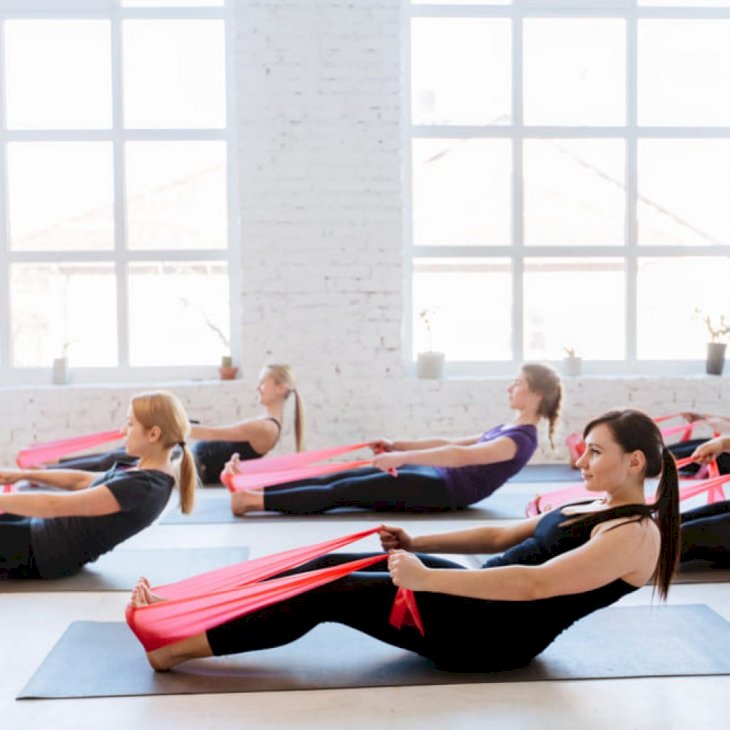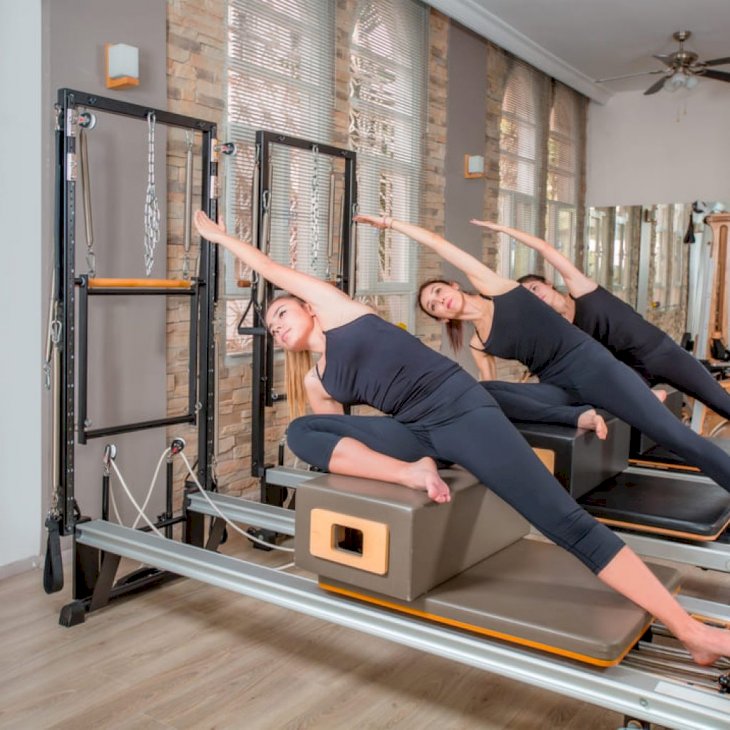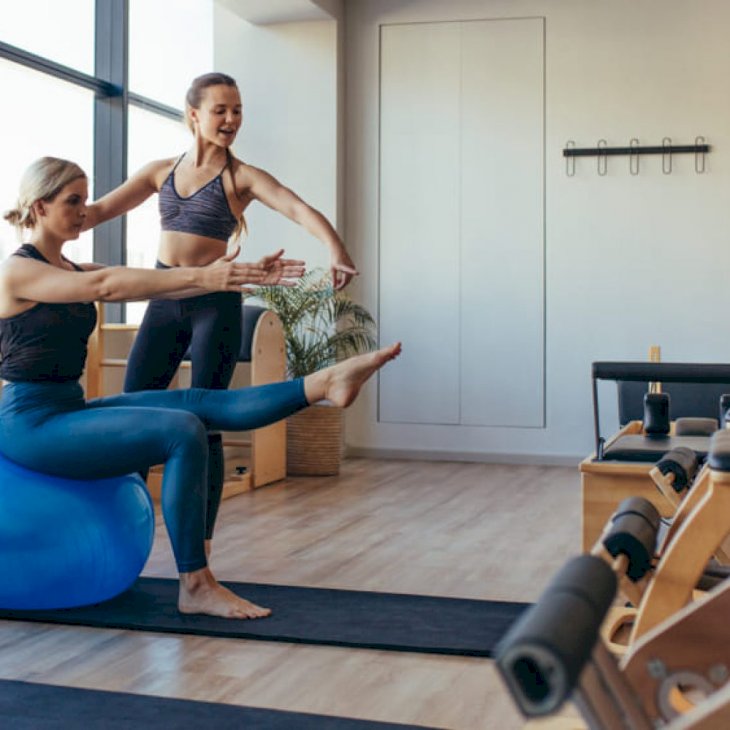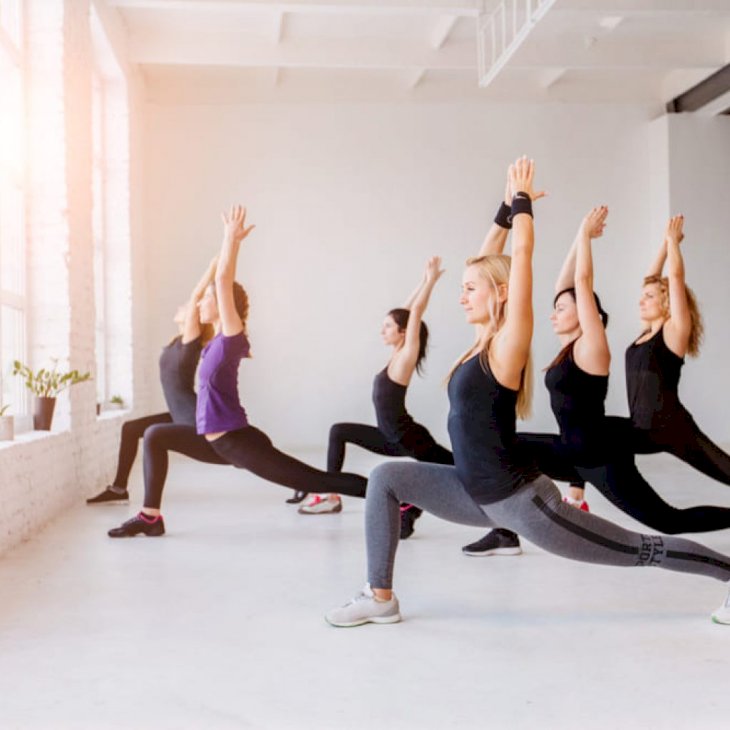
Pilates: Trendy Stretches or the Perfect Full Body Workout
Pilates classes are particularly popular amongst those who love taking gym classes. However, there are many misconceptions surrounding Pilates classes.
For many Pilates appears to be intimidating while others wonder if it is simply just fancy stretching. To clear up the confusion, here is a comprehensive guide to everything you need to know about Pilates to decide if it is the workout for you.

Shutterstock
What is pilates?
Pilates is an exercise regime that aims to strengthen the body. It focuses on core strength and improving general fitness and wellbeing. It usually requires the use of a mat or special equipment like a Reformer, Cadillac and Wunda Chair that provide resistance or support depending on the routine one is performing.
The exercise regime was designed by German-born Joseph Pilates. He believed mental and physical health were interlinked and his ideology inspired things like gymnastics, boxing and Greco-Roman wrestling. He immigrated to the US in the 1920s and opened a "Contrology" studio in New York. Contrology would later become known as Pilates.

Shutterstock
Who is pilates for?
Pilates has something to offer people of all ages and levels of ability and fitness, from beginners to elite athletes. The apparatus can be used to provide support for beginners and people with certain medical conditions, as well as resistance for people looking to challenge their body.
If you have any health concerns, such as a health condition or an injury, seek advice from your GP or a health professional before starting any exercise programme.

Shutterstock
Benefits
There are many claims that Pilates has many health benefits but there are very few scientific studies and research done to prove these. Regular pilates practitioners claim it improves posture, muscle tone, balance and joint mobility.
The exercise regime is also linked to stress relief and reduction of tension. Athletes like dancers use Pilates to complement their training and report that it helps them develop body strength and flexibility which in turn reduces their risk of injury.

Shutterstock
A 2016 study revealed that doing Pilates continuously for eight weeks can show improvements in abdominal endurance, flexibility, and balance. Aside from the physical benefits, it is also reportedly great for reducing lower back pain.
Pilates is also great for maintaining a healthy weight. To lose weight it is recommended to combine Pilates with a healthy diet as well as other aerobic activities like swimming, walking and cycling.

Shutterstock
Precautions
Since, Pilates is a low-impact exercise it is relatively safe to perform. Injuries are rare but it is important to join a class with a qualified teacher and suited to your own personal level of fitness and ability.
If you have a preexisting condition or injury, consult your GP or relevant healthcare professional before joining a class. Be sure to inform your teacher of any adjustments you may need to make to the routine.

Shutterstock
Difference Between Pilates and Yoga
Pilates and yoga are often compared because they both develop strength, balance, flexibility, posture and promote healthy breathing techniques. However, where yoga places emphasis on relaxation and meditation, Pilates focuses more on the exercise elements of the workout. Another difference is that Pilates exercises are a flow of movement while yoga is a series of static poses.